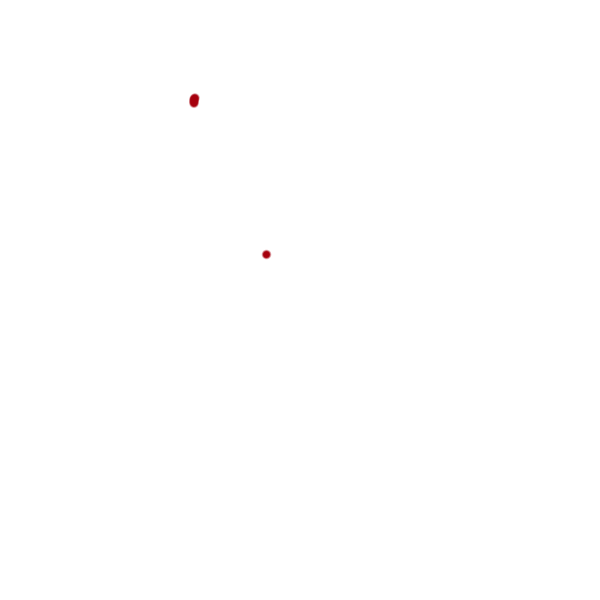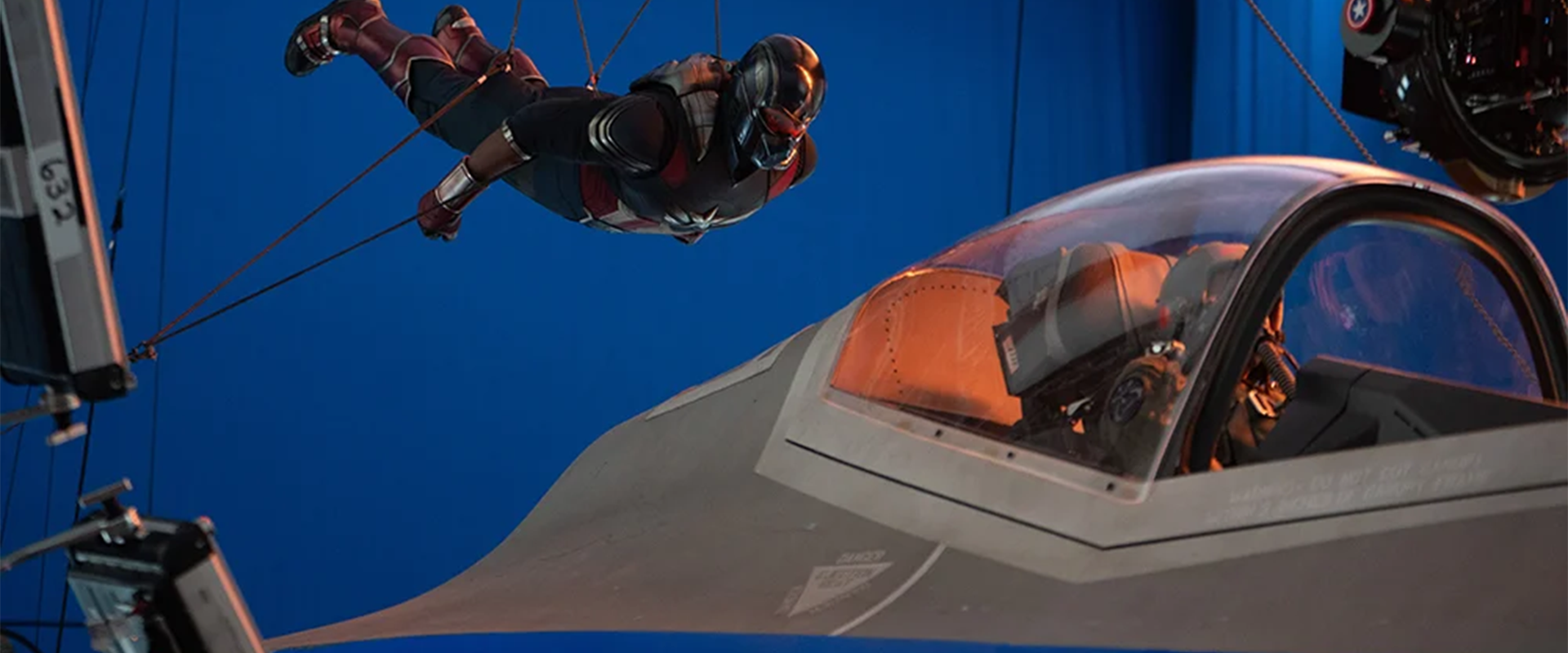How the Celestial Island scene in ‘Captain America: Brave New World’ was re-worked with previs and VFX
Mars 1, 2025
Featured in befores & afters
Here’s how the VFX team helped design the final sequence. Plus, how they made Harrison Ford’s Hulk, and a character that audiences might not realize involved plenty of digital effects work.
When Captain America: Brave New World production visual effects supervisor Alessandro Ongaro came on board the Julius Onah film—taking over duties from fellow production visual effects supervisor Bill Westenhofer who moved on to work on the live-action Moana—one of his major tasks was helping to shape the Celestial Island sequence.
This sequence ultimately saw Sam Wilson (Anthony Mackie) and Joaquin Torres (Danny Ramirez) intercept two mind-controlled American pilots who attack the Japanese fleet near Celestial Island, which has been revealed as a source of the valuable metal adamantium.
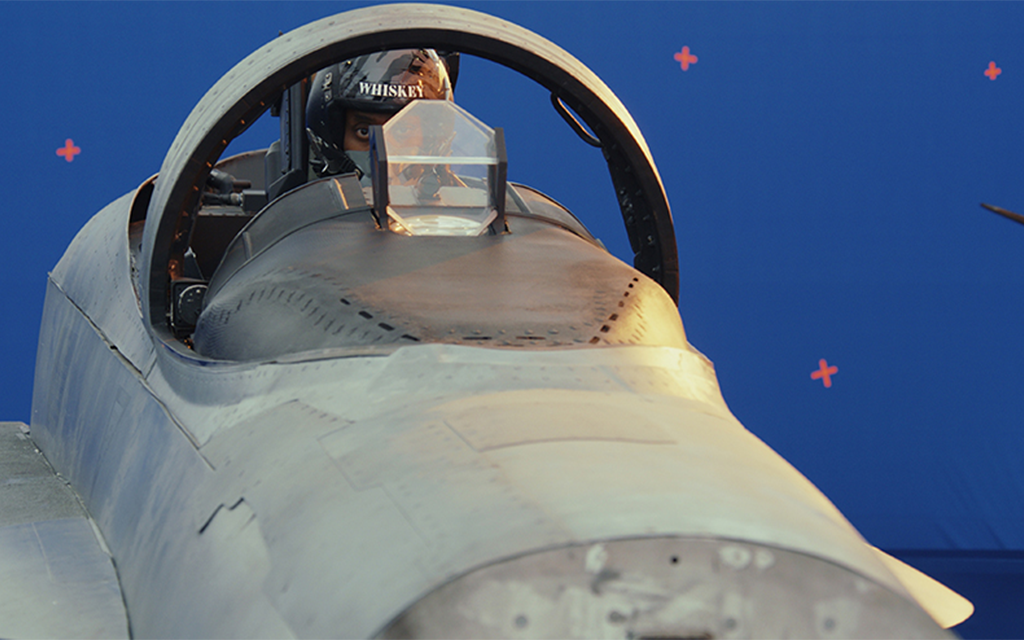
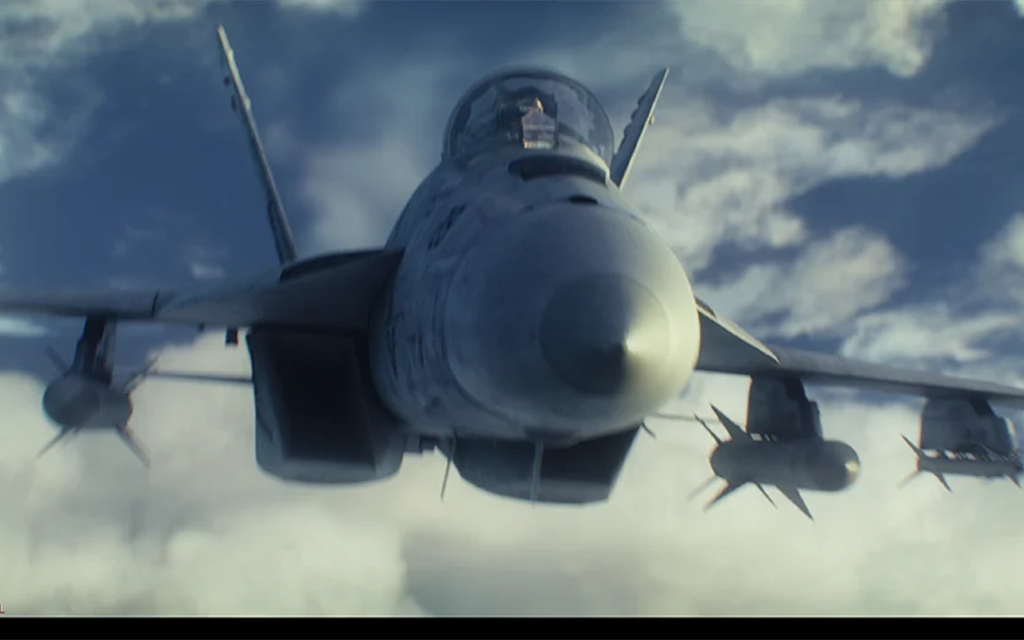
As the director has recently explained, the Celestial Island scenes were re-imagined from being on the island, to the confrontation now showcased around it. Furthermore, an aerial dogfight originally featuring several nations was condensed down to just include the US and Japan.
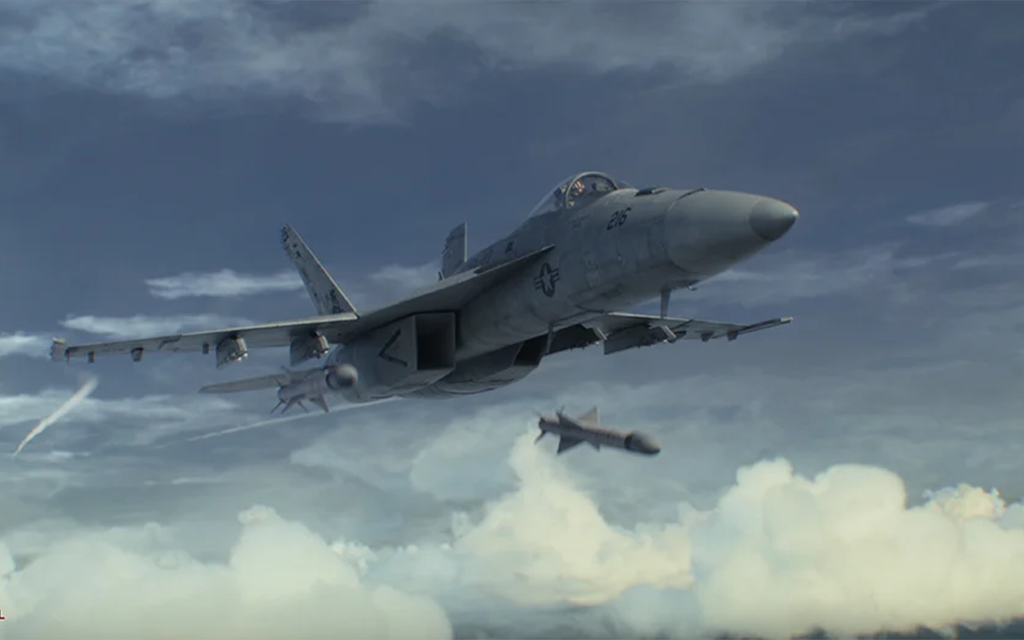
“We decided to simplify it,” reveals Ongaro, “because you always want to favor the story, making sure that the audience enjoys the scene. For the sequence, we started over with the Digital Domain previs team. Cameron Ward was our supervisor and we basically plotted the scene as beats. So, we needed to have some key moments, one of those was that we knew that Joaquin had to be hit at some point."
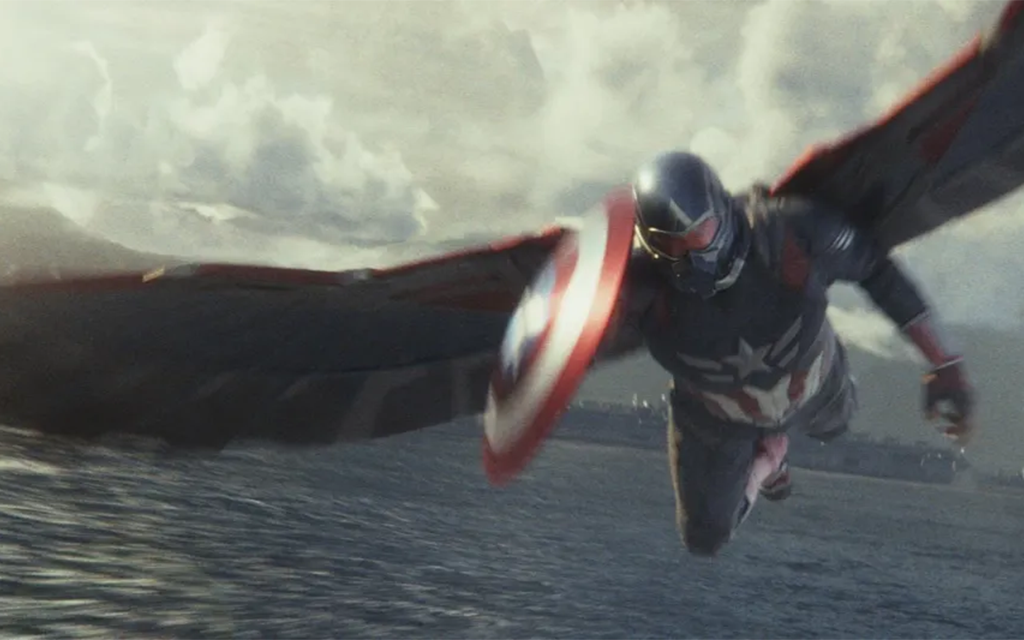
“We weren’t sure if there was going to be an accident—say, if he was shot down by a Japanese plane by accident that was catching fire,” continues Ongaro. “So there was some exploration there. And then on top of that, we have Celestial Island which is massive. We actually took the asset from The Eternals, and just scaled it down a little. Otherwise, it would be so massive that we wouldn’t be able to cover the whole section. It was still huge, but it was scaled down. We used that in our favor to try to give a sense of the geography of where everyone was in relation to each other.”
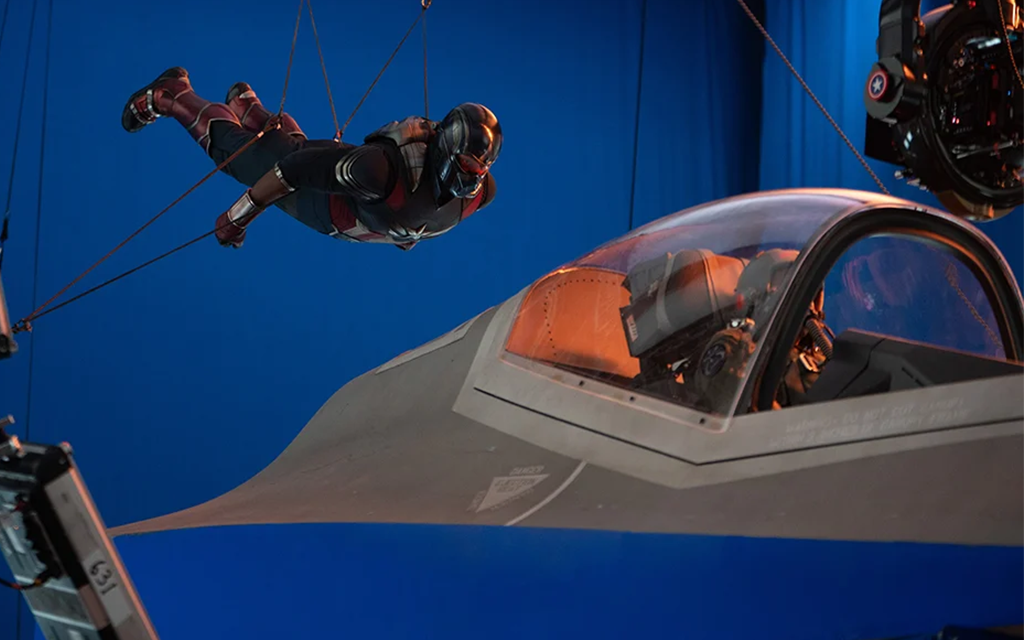
One aspect of the revised sequence that Ongaro had to consider was fitting it into the political thriller style of cinematography that pervades the rest of the film. “Julius liked locked-off shots and a lot of negative space. The original version of the scene was shot in the same way, but it’s an action scene. It wasn’t working as well. It was hard to keep the energy up, the intensity.”
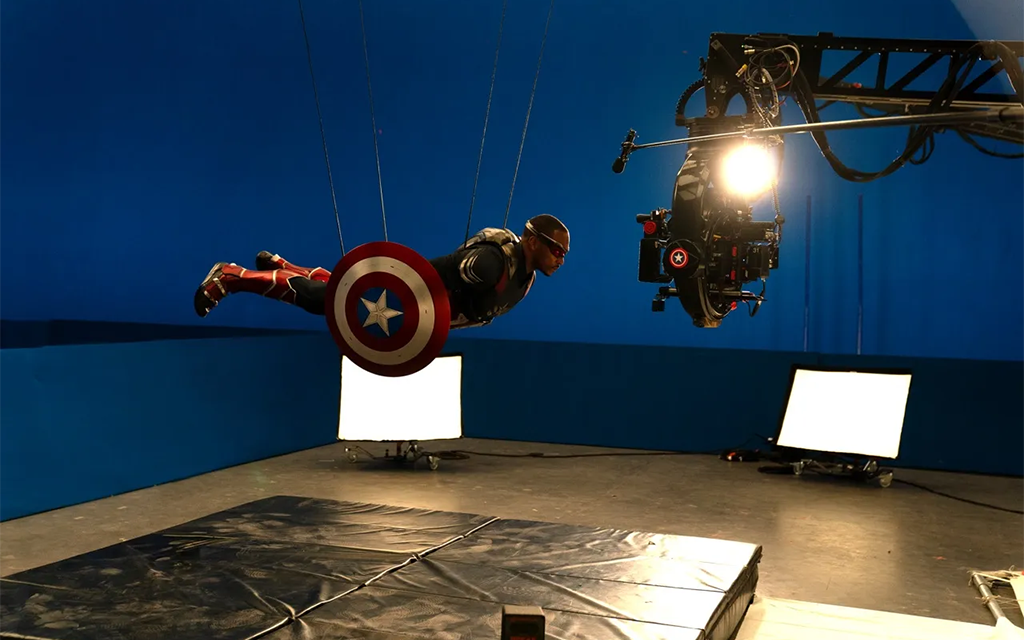
“So,” relates Ongaro, “one of the first things I did was talk to Julius and say, ‘I understand your style and I’m going to try to marry your style, but we need to move that camera. We need to make the shots more dynamic, but as realistic as possible.’ As in, if we were shooting the aerial sequence for real, how would they shoot it? It would be from another plane, or from the ground with a long lens. So, we tried to stay as grounded as possible. I mean, there are two humans flying. But the speed was correct, for example, the plane was flying around 500 or 600 miles per hour which meant that Joaquin and Sam were flying fast.”
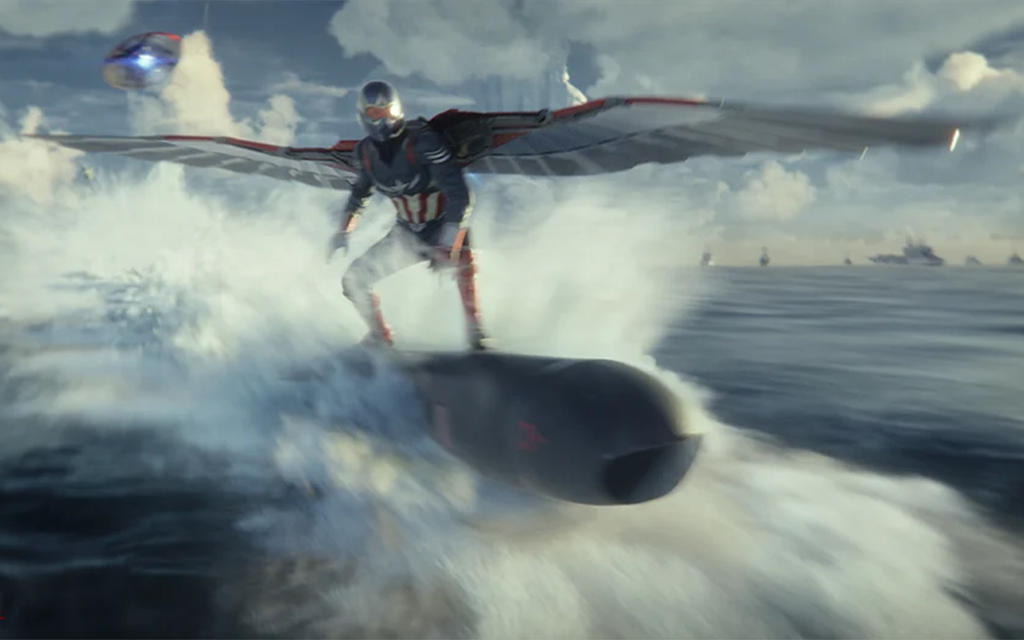
Digital Domain (visual effects supervisor Hanzhi Tang) was also responsible for the final visual effects work for the Celestial Island confrontation. For plates, principal photography included scenes on the warships, cockpit shots and then face close-ups of Mackie and Ramirez.
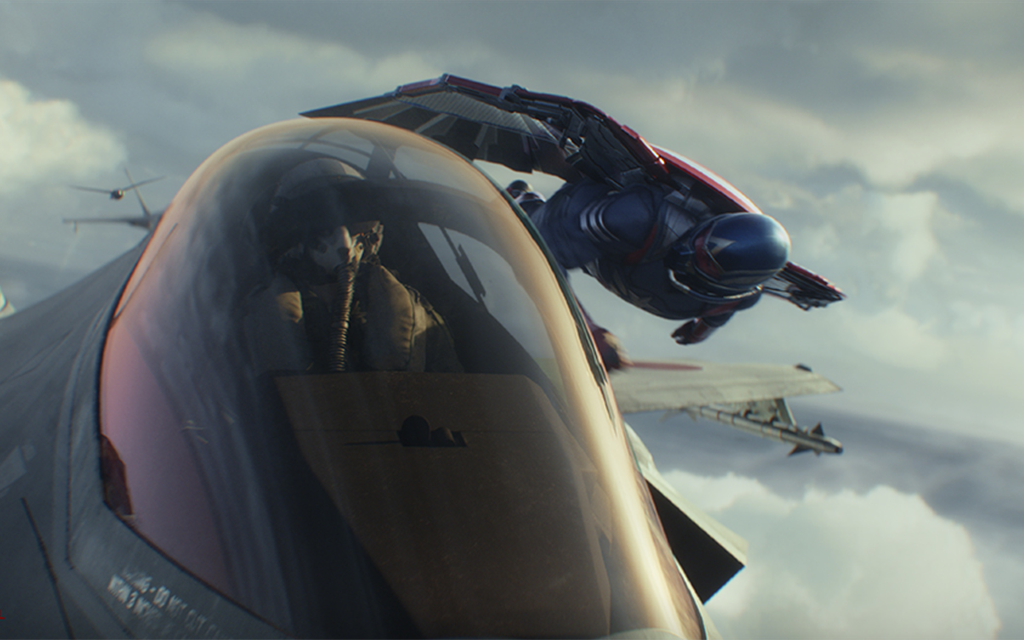
"We had previs that was really close to the final,” notes Ongaro, “and I really wanted to capture as many face plates as possible so that we didn’t have to go full CG all the time. We blocked the scene out based on lighting direction. So, instead of putting them on wires—because they hated to be on wires and they couldn’t move on wires, they had a very hard time—I just had them standing looking up. We figured out where to place the camera, where to place the light, and we tried to match the action that we had as much as we could. Things then always change a little bit during production which meant there were some shots where we had to go digital for the faces. Everything else—the clouds, the ocean—was fully CG.”
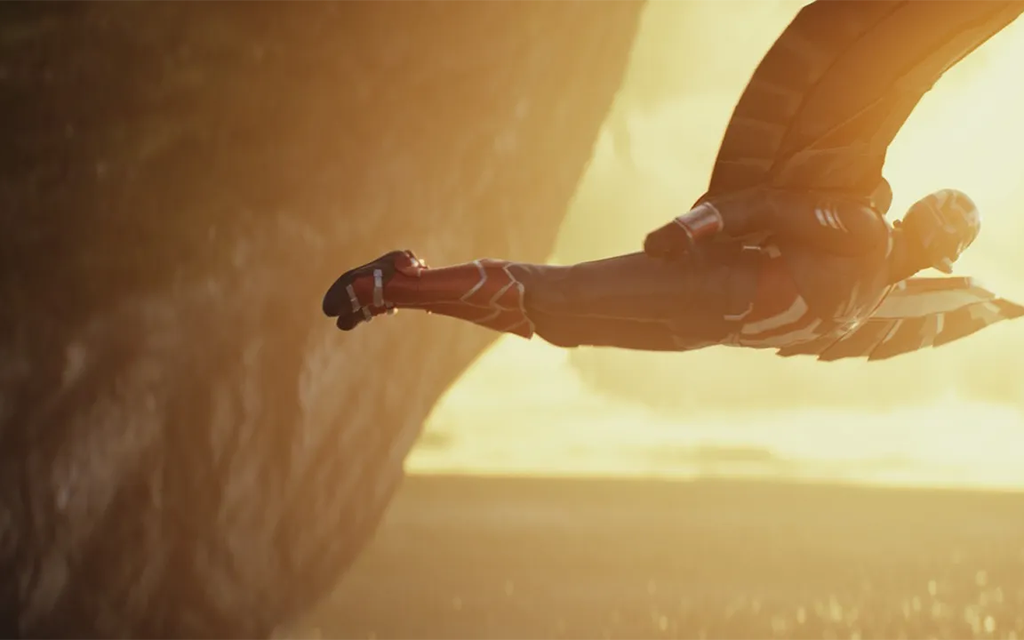
The VFX studio developed a new cloud tool to aid in creating the environment in which most of the battle takes place. From a DD press release: “Digital Domain’s team created a new Cloud Shader, a task that took nearly three months to perfect and enabled them to produce stylized clouds that matched the look and feel of the film. For this project, they also simulated clouds to achieve a cotton-like look and feel, layering up 4 to 6 clouds at a time to build depth and establish the appropriate distance.”
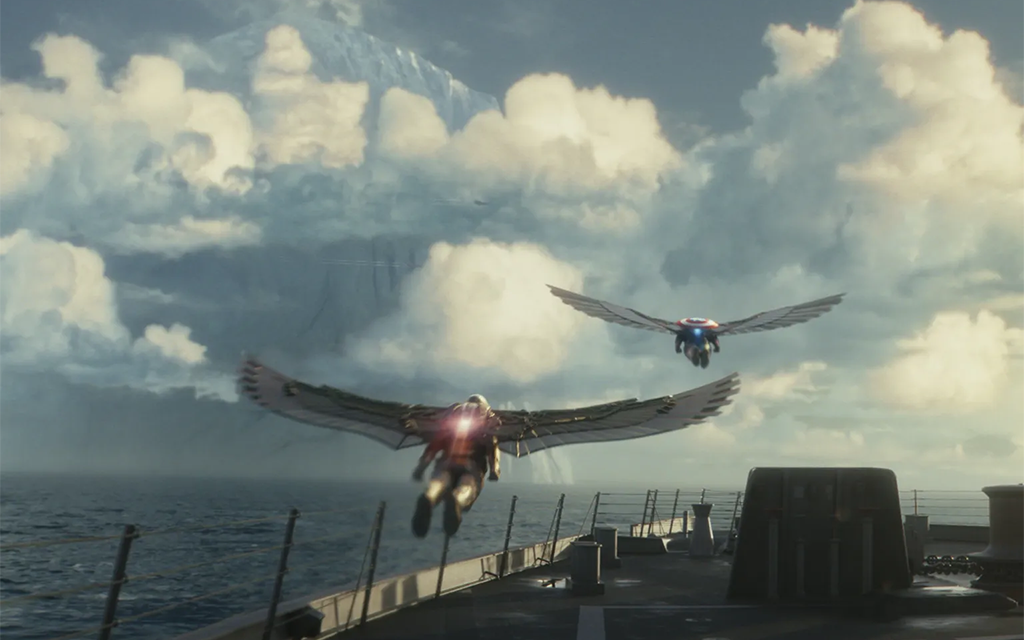
For the moment Torres crashes into the ocean, Digital Domain needed to both previs and then execute in final VFX a heavy emotional beat, as Ongaro describes. “It is emotional, and it’s also a moment for Sam where he realizes later, he says, ‘I should have taken the serum.’ He’s blaming himself for what happens. What we tried to do was make it Joaquin’s inexperience that causes the accident. He wants to impress Sam and so he goes after the second missile that he missed, but he gets too close. I’m really proud of how that whole scene turned out, in the end.”
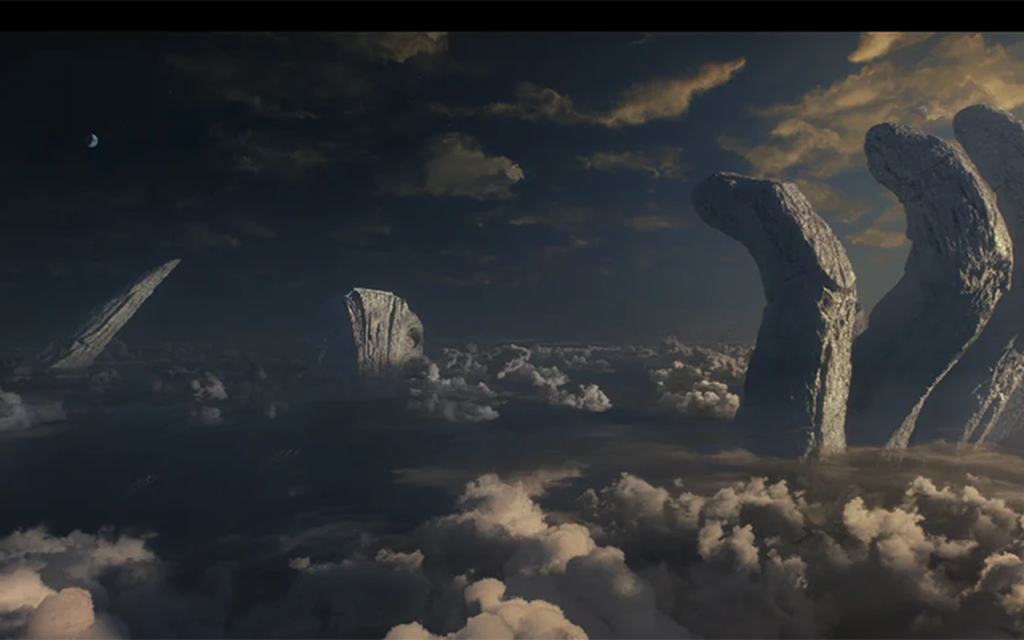
From Harrison to Hulk
At a press conference in the White House Rose Garden, US president Thaddeus Ross (Harrison Ford) transforms into a red Hulk, the result of him taking gamma radiation-infected pills orchestrated by Samuel Sterns (Tim Blake Nelson). Early visual development for this red Hulk carried over some of Ford’s facial traits, with the final CG creature—crafted by Wētā FX—exhibiting even more familiar features of the actor.
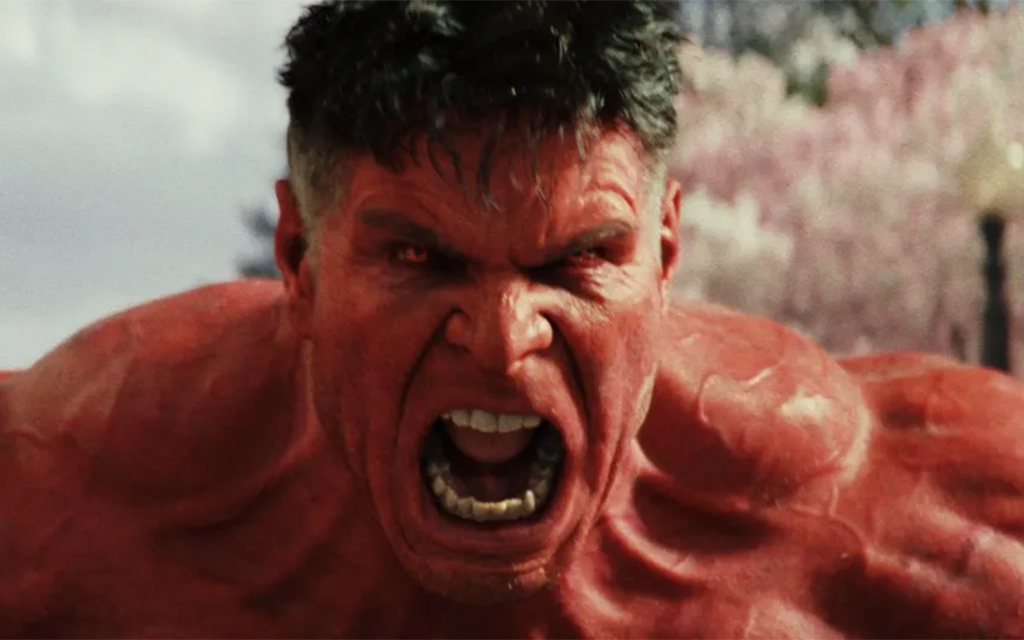
“There are parts of the Hulk’s face that are literally Harrison Ford,” details Ongaro. “Their eyes are one-to-one. The lips were all modeled after we scanned Ford’s teeth as well. There was some adjustment on the nose, to bring it up a little to create a larger area under the nose.”
“I think he’s one of the most complex characters that Wētā FX has ever done,” continues Ongaro. “It’s a brand new character rig with muscles that are firing automatically, based on the motion of the body. The asset itself is really, really sophisticated. Visual effects supervisor Dan Cox and animation supervisor Sidney Kombo-Kintombo at Wētā FX were responsible for the phenomenal previs, postvis and animation of the red Hulk.”
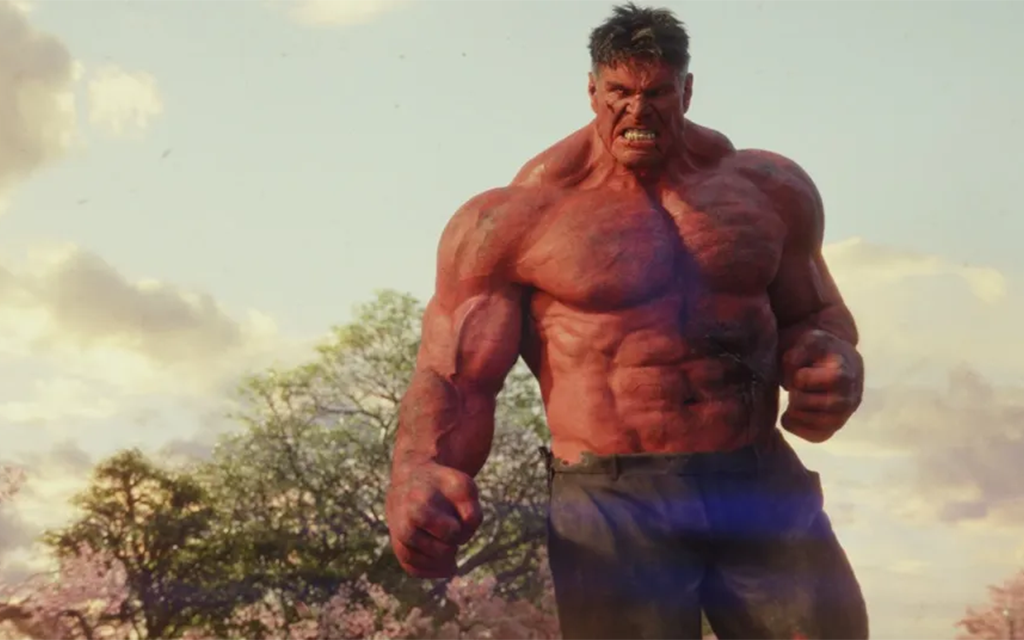
To start the process for this CG Hulk, Wētā FX relied on capture of Ford wearing a head mounted camera for facial performance. Body motion capture was acquired on set with a stunt double performer, who also wore an extended head-piece for eyelines. The visual effects studio then largely carried out fight and other action beats at their own facility in Wellington. “Of course,” says Ongaro, “so much of the Hulk was keyframe animation to get the weight correct.”
For the break out of Ross into the red Hulk, visual effects artists did look to reference from An American Werewolf in Paris to show the hands and feet bulging and transforming. “Originally,” advises Ongaro, “we wanted to go really down that path to make it a little more disgusting. You could see the skin tearing and breaking on his hand, bones popping off, but we just condensed it a little bit.”
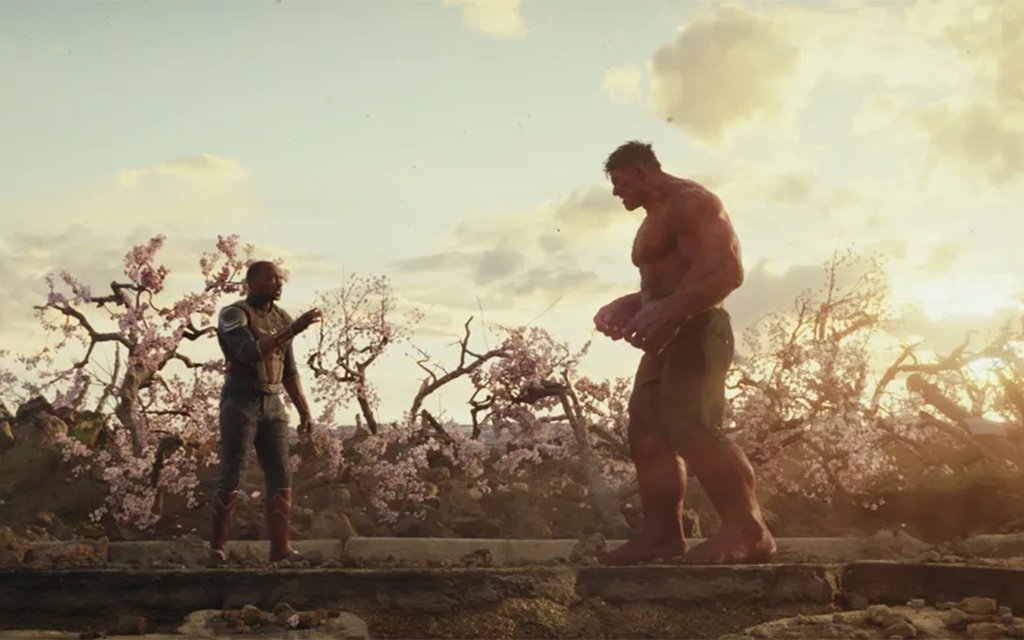
After Wilson and Ross, as the red Hulk, battle it out at Hains Point, Ross transitions back into a ragged human. Originally, this moment was supposed to happen in front of camera, but was ultimately hinted at more as a shadow as the transformation occurs. “We actually had a fully built asset that could morph from Harrison to the red Hulk,” states Ongaro. “But we didn’t really want to do it too much in your face. For Julius, it was very important to keep that moment very peaceful at the end of everything. He thought that if we were doing a transformation in-camera, it would’ve broken that sense of peacefulness. So that’s why we just played off his shadow.”
The red Hulk’s breakout sees him tear apart sections of the White House and confront two drone helicopters. “It’s the White House, so we couldn’t completely destroy it, so we had to decide which part to destroy,” notes Ongaro. “Also, if you look closely, there’s always people running away. We wanted to make sure that we were not killing anybody. In fact, originally, there were supposed to be two Black Hawk helicopters with pilots, but, again, we didn’t want to kill anybody. So, they are drones.”
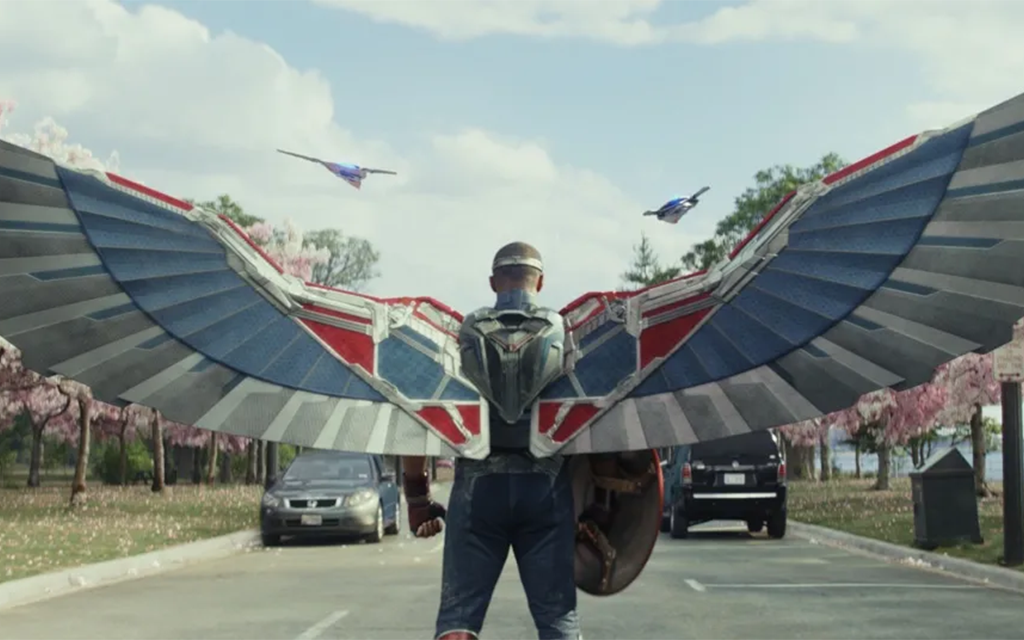
Invisible effects on Stern
Tim Blake Nelson’s ultra-intelligent Samuel Sterns is revealed in the film to have part of his brain protruding from his head—the result of his exposure to Bruce Banner’s blood. While some prosthetic make-up effects were employed on set, the final look was an all-CG approach achieved by Luma Pictures.
“We tried to stay true to the comics,” remarks Ongaro. “There, it’s the left side of his face that gets infected. That’s why we created more bulges on that side. The eyes have a kind of cataract. That was actually my idea where I said, ‘We should add that little detail so it looks like the one side of the face is more messed up than the other.’ We replaced everything including the hair, and we touched his face as well to add digital make-up. I’m very happy how it turned out because we really tried to make it as grounded as possible. It’s another cool character.”
